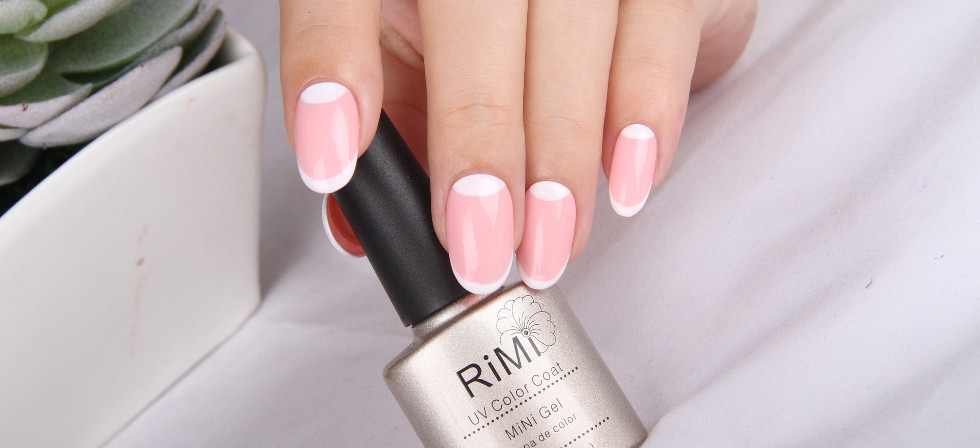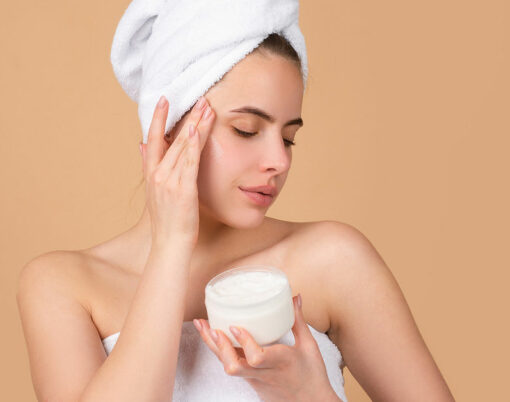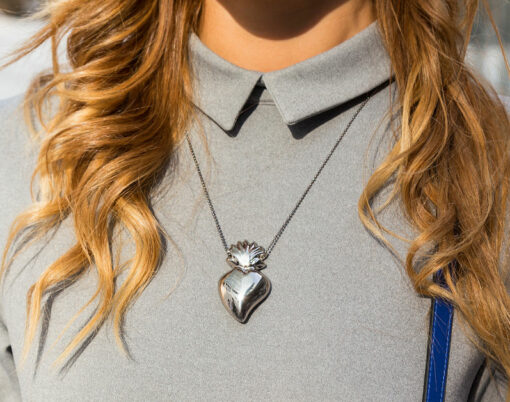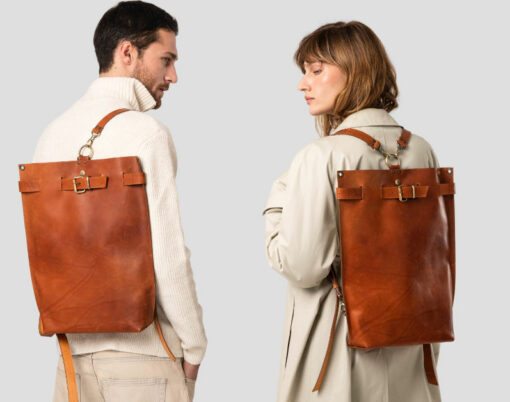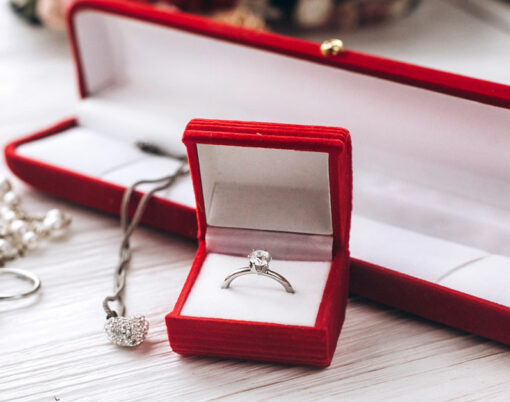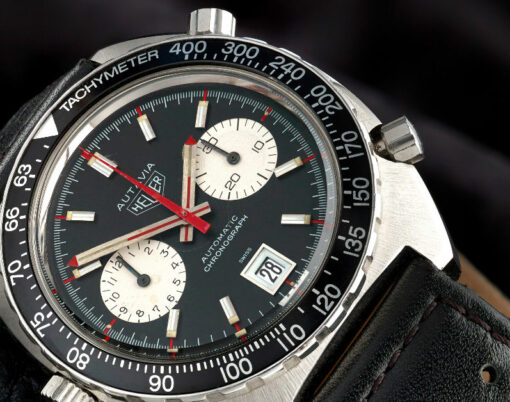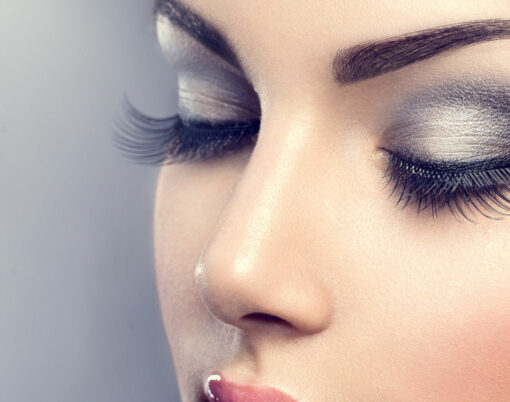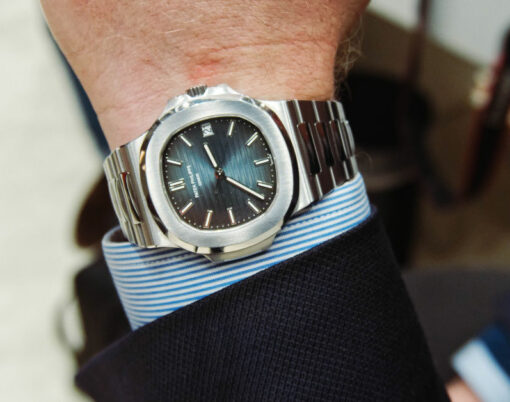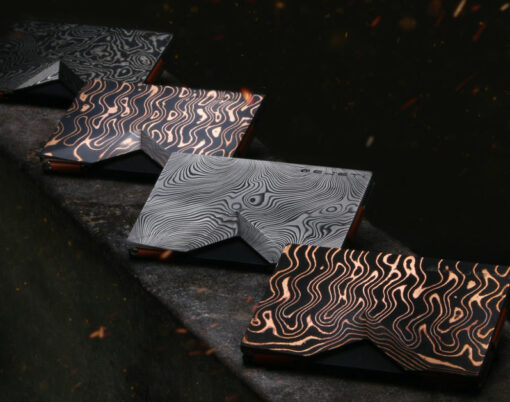Do you know the difference between a manicure and a pedicure? Do you know your gels from your acrylics? And what about your lunula from your cuticle? Well now’s the time to learn, as online hair and beauty retailer Hairtrade.com has listed all the important nail terminology that can leave you feeling confused.
On the list includes definitions of acetone, free edges, monomer and polymer and fills. They’ve also described exactly what airbrushing, tips, enamel and nail beds mean.
Joanne Dodds, from Hairtrade.com, said: “We all love a trip to the nail salon, but often they can throw terminology at us that’s rather confusing. Getting to grips with the different colours and shapes can be tricky enough – never mind all the other phrases that the manicurist might throw at you. Luckily, we’ve de-coded and busted all that confusing nail jargon, so you can feel confident when heading to the salon next.”
· Manicure
This is the process of painting the finger nails. It usually starts with a hand treatment, then a removal of the cuticles and shaping of the nails. This is then finished with nail polish and a top coat.
· Pedicure
This is the same as a manicure, except on the feet rather than the fingers. Moisturising and exfoliating the feet also take place during a pedicure.
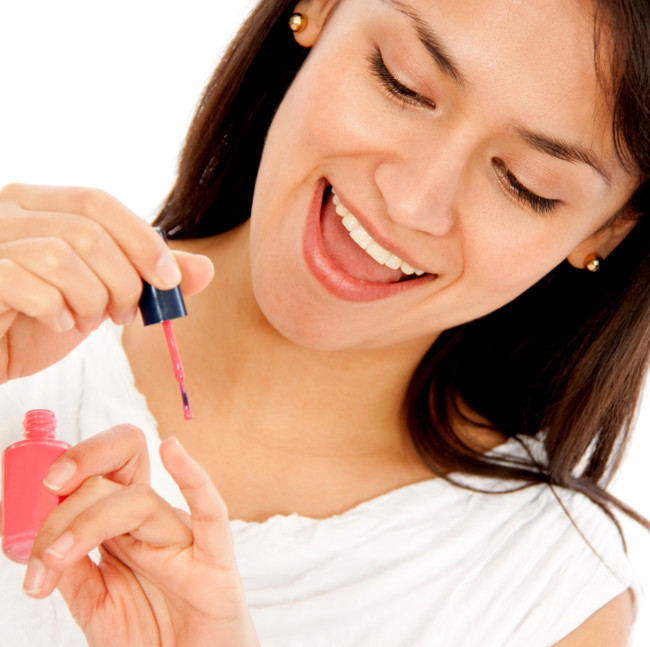
· Acrylics
Acrylics form a hard-protective layer over your natural nails. They are usually used to extend the nail. They can be painted and shaped as desired.
· Acetone
This is a solvent that’s used to remove nail polish, gel nails and acrylic nails.
· Fills
Acrylics are usually filled in every two to three weeks once the acrylic nail has started to outgrow the base of the real nail. This is usually referred to as an ‘acrylic fill in’ or ‘fills’.
· Free edge
This is the part of the nail that extents over the fingertip.
· Gel nails
To achieve a long-lasting glossy polish, many people opt for gel nails. It is applied similarly to normal nail polish, except each layer of polish and top coat is cured under a UV light.
· Gel light
This is the UV light that’s used to dry and harden gel nails.
· Lunula
This is the small half circle at the bottom of your nail that tends to be a shade lighter than the rest of your nails.
· Airbrushing
This is the art of applying decoration to nails using an airbrush gun.
· Cuticle
This is the small section of the skin that sits just below the lunula. It sits around the base of the finger nails and toenails and is usually removed when having a manicure or pedicure.
· Nail enamel
Nail enamel is just another phrase for nail polish.
· Nail bed
This is the skin underneath your nails and toes.
· Nail tips
A tip is the artificial nail plastic that’s used to add to the length to the tips of the nails when getting acrylics. They are applied just beneath the tip and are then clipped and filed down and coated over with monomer and polymer.
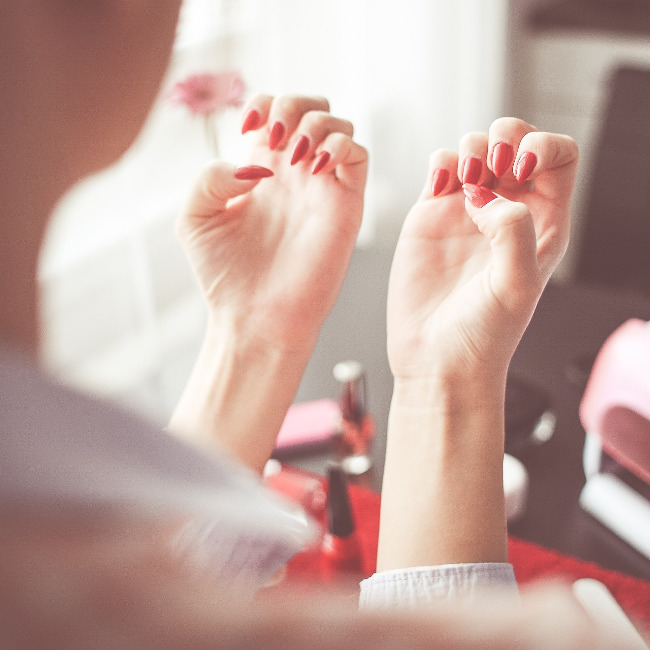
· Monomer and Polymer
By using a brush the monomer (liquid) and then polymer (powder) are both dipped into and applied over the nail tip. The manicurist will apply a small bead of the monomer and polymer onto the nail, but will work the bead up and down the nail until the solution is blended seamlessly into the nail. Once dried this is then finished with polish.
· Top coat
This a clear polish that’s applied to the top of your nails to stop them from chipping.
· Buffing
This is an act of polishing the nail using a buffer file. It also helps to remove any nail debris when getting acrylic nails applied.
· Round or square
This is the question many manicurists will ask you when doing your nails. It simply means if you want the shape of the tip to be rounded, or slightly squarer.












